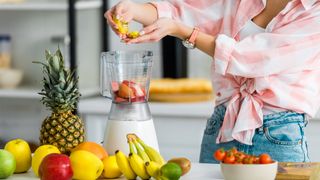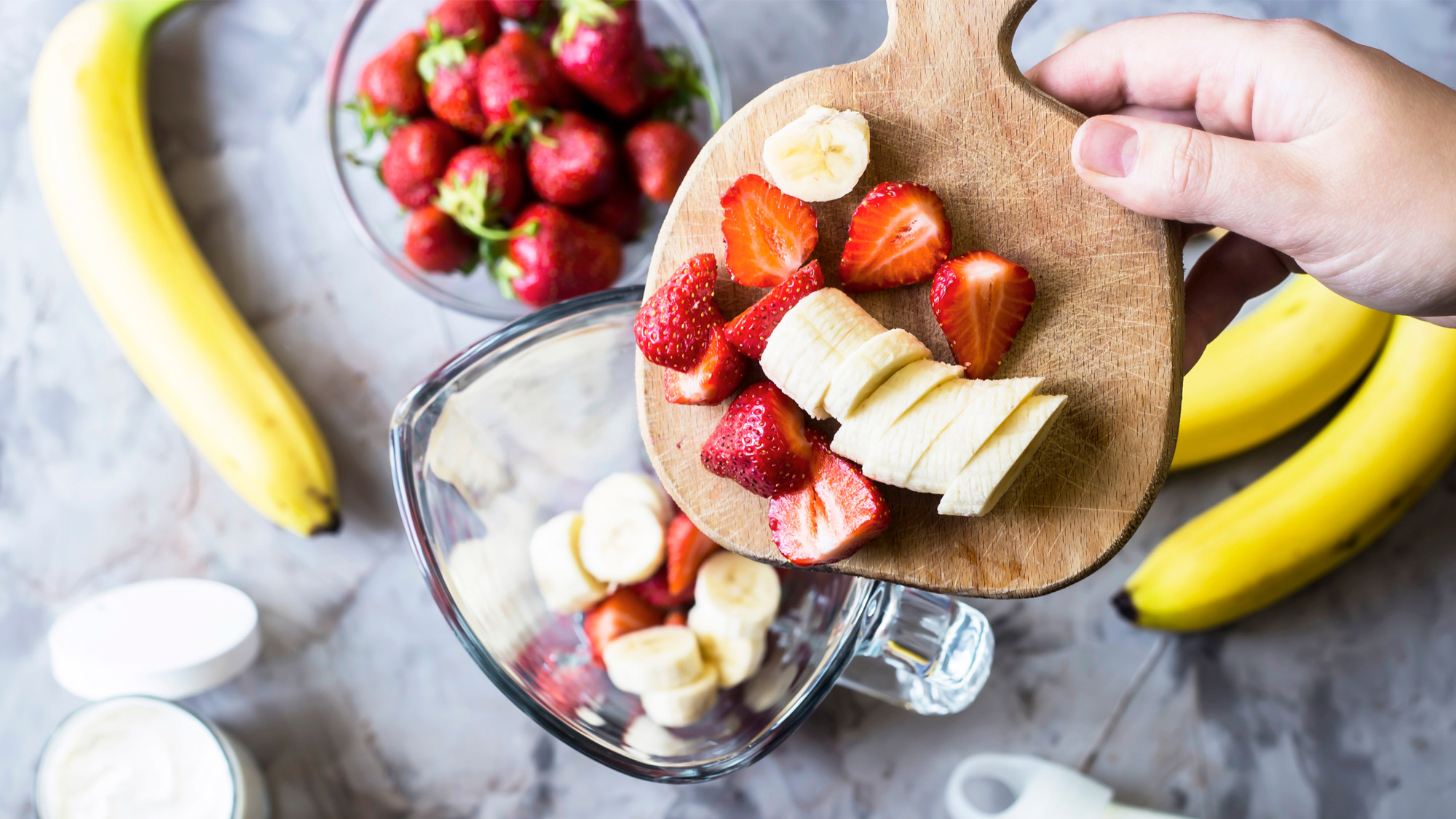How to Use the Real Techniques Beauty Blender
How to use a blender: top tips for smoothies
Blend it, shake it, any way you want it

(Image: © Shutterstock)
Blenders are versatile appliances that can be used to make everything from smoothies to dips and soups to sauces, and we're here to give you all the advice you need on how to get the best results from your indispensable kitchen machine.
Whether you're on the lookout for the best blenders, or just want to make good use of a machine you already have, we'll cover how to prep ingredients, and how to use your machine's settings to get perfect results – and we'll also tell you which foods should never be put in a blender.
- Blenders vs food processors : what's the difference?
- Make mornings better with the best coffee makers
- Find out how to clean a blender
How to use a blender
Prep the food first
Blenders are great for creating a whole variety of drinks, dishes and sauces, but sometimes it isn't as simple as just throwing all the ingredients in, hitting the start button and hoping for the best.
Consider the ingredients you're using, and take the time to prep them first. Larger and firmer fruits and vegetables should be sliced up into smaller pieces so that it's easier for the blender to break them down.
Add liquid
Most blenders will need a little helping hand when it comes to getting the mixture started, and it's a good idea to put the liquid in first, so that it's at the bottom of the blending jug, to help get everything moving around the blades without clogging.
Add your ingredients
After prepping your ingredients, add them to the blending jug after the liquid, and place the lid firmly on the top of the jug - make sure that the small removable cap on the lid, which you can use to top up the ingredients, is in place so that no mixture can escape when you turn the machine on.
Don't overfill
It can be tempting to shove as much as you can into the blending jug so that you can make larger quantities fast, but it's best to leave around a quarter of the capacity free to allow the mixture to expand as it blends.

Start off slowly
Always start blending on the slowest setting, and gradually increase the speed as your ingredients start to mix together. If you find that bubbles and lumps start to rise up in the blending jug, stop the machine, take the lid off, and use a tamper or spoon to give everything a stir.
This slow-and-steady approach also applies to adding additional liquid to your mixture if it's initially too thick. Even just a small dash of extra juice or water can make a big difference to the consistency of your mixture, so add small quantities at a time to avoid it becoming too runny.
Switch it off
When you're happy with your mixture, always switch the blender off before taking the lid off, or you could end up with a very messy kitchen.
What can't go in a blender?
Premium blenders can handle a lot, but they're not designed to take the place of a food processor, so you should avoid using them to try and slice tough foods. Here's what else shouldn't go in a blender:
- Boiling-hot liquids - these can damage the jug, cause the lid to come loose, and be a hazard
- Strong smelling foods - strong odors can cling to the blending jug
- Meat or fish with bones
- Too much liquid
- Frozen foods that haven't had any time to thaw
- Rock-hard vegetables such as carrots
Using something that isn't suitable for your blender can not only lead to unimpressive results, it can also put a strain on the blender's motor if it's tasked with blending something that's too firm. Repeatedly placing very hard foods into a blender will also blunt the blades and could cause them to break over time.
- Don't miss the best cheap NutriBullet sales

Sophie writes about all things appliance-related and is currently the Home Editor at TechRadar's sister site, Top Ten Reviews. When she's not testing coffee machines and appliances, Sophie is thinking of eating delicious food, and asking people what they're having for dinner.
How to Use the Real Techniques Beauty Blender
Source: https://www.techradar.com/how-to/how-to-use-a-blender-tips-for-soups-and-smoothies